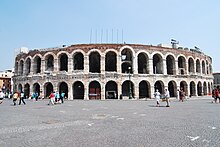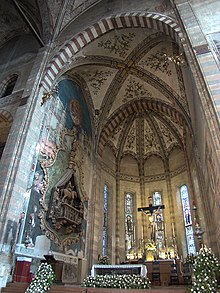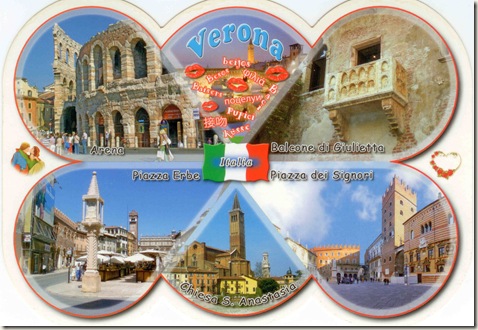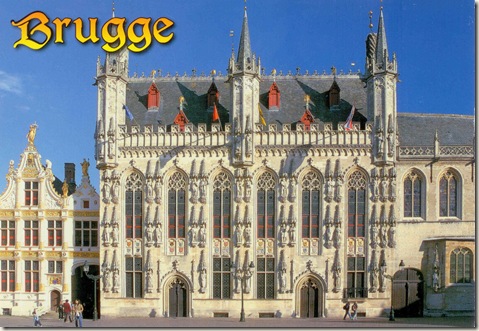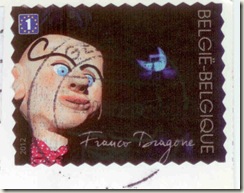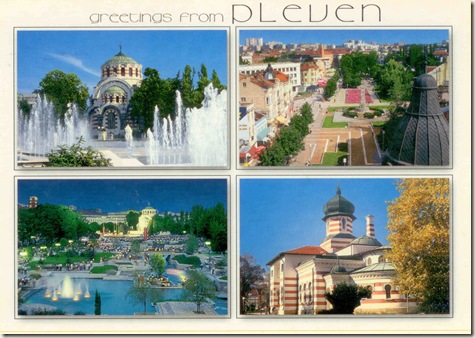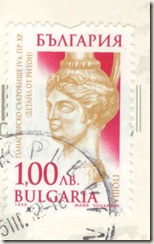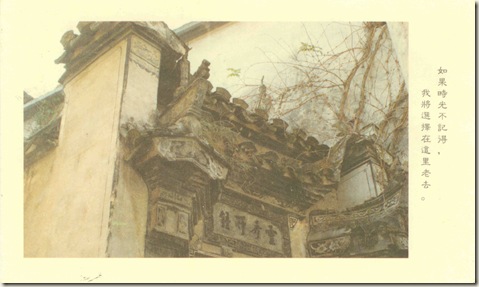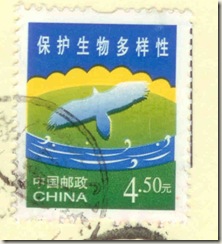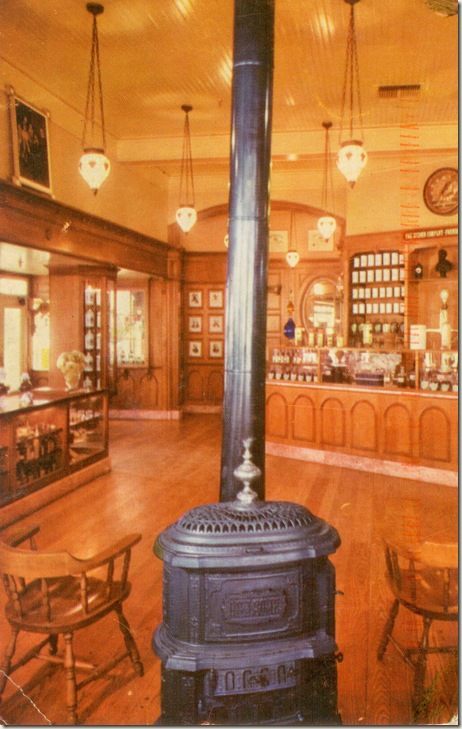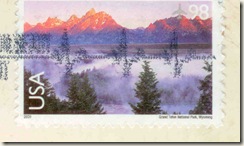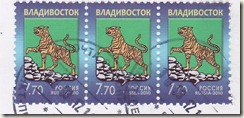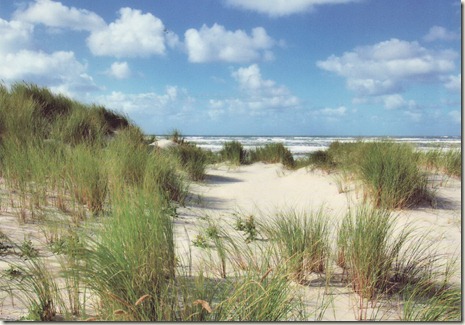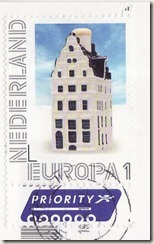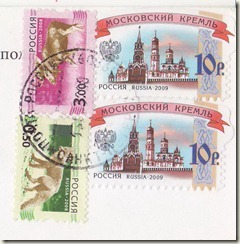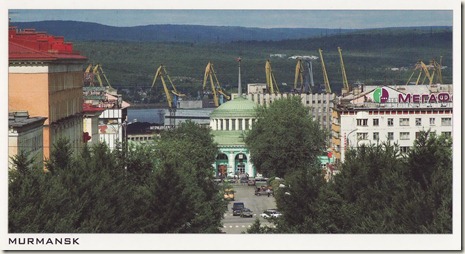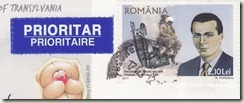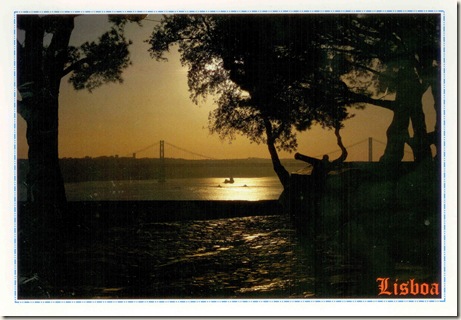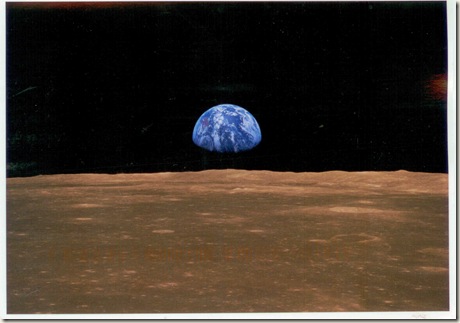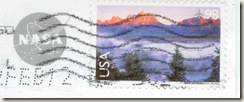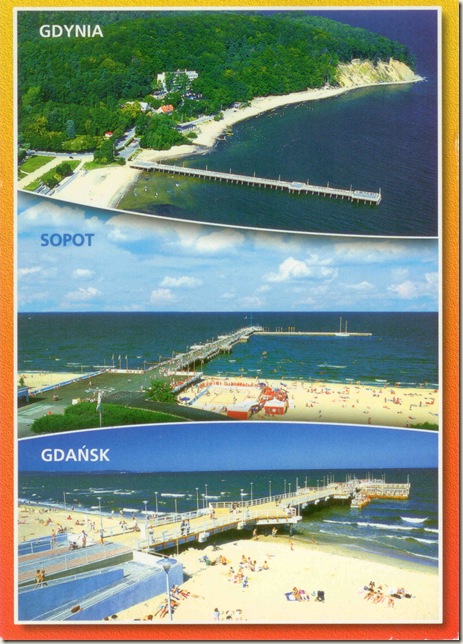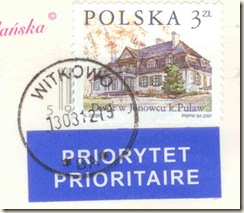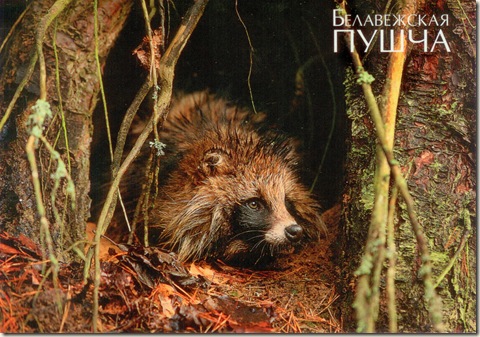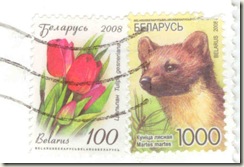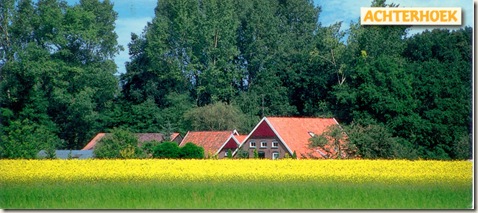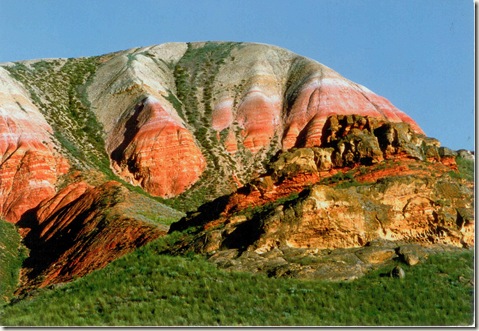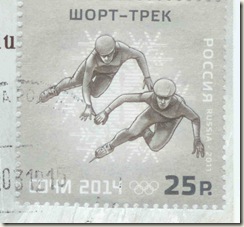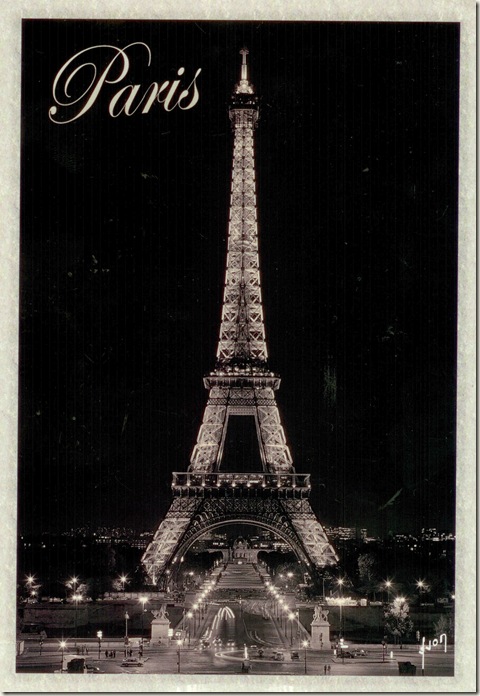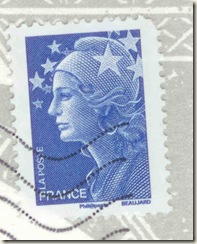Verona (Italian pronunciation: [veˈroːna] (![]() listen); Venetian Verona (pron. Veròna); German Bern, Dietrichsbern or Welschbern) is a city in the Veneto, northern Italy, with approx. 265,000 inhabitants and one of the seven chef-lieus of the region. It is the second largest city municipality in the region and the third of North-Eastern Italy. The metropolitan area of Verona covers an area of 1,426 km2(550.58 sq mi) and has a population of 714,274 inhabitants. It is one of the main tourist destinations in northern Italy, owing to its artistic heritage, several annual fairs, shows, and operas, such as the lyrical season in the Arena, the ancient amphitheatre built by the Romans.
listen); Venetian Verona (pron. Veròna); German Bern, Dietrichsbern or Welschbern) is a city in the Veneto, northern Italy, with approx. 265,000 inhabitants and one of the seven chef-lieus of the region. It is the second largest city municipality in the region and the third of North-Eastern Italy. The metropolitan area of Verona covers an area of 1,426 km2(550.58 sq mi) and has a population of 714,274 inhabitants. It is one of the main tourist destinations in northern Italy, owing to its artistic heritage, several annual fairs, shows, and operas, such as the lyrical season in the Arena, the ancient amphitheatre built by the Romans.
The city has been awarded world heritage site status by UNESCO because of its urban structure and architecture.
History
The precise details of Verona's early history remain a mystery. The origin of the name Verona is also unknown. One theory is it was a city of the Euganei, who were obliged to give it up to the Cenomani (550 BC). With the conquest of the Vaecame Roman (about 300 BC) Verona became a Roman colonia in 89 BC, and then a municipium in 49 BC; Verona had the franchise in 59.
The city became important because it was at the intersection of several roads. Stilicho defeated Alaric and his Visigoths here in 403. But, after Verona was conquered in (489 AD) the Gothic domination of Italy began; Theodoric built his palace there, and according to Irish legends that's what Verona was named after. It remained under the power of the Goths throughout the Gothic War (535–552), except for of a single day in 541, when the Armenian officer Artabazes made an entrance. The defections that took place among the Byzantine generals with regard to the booty made it possible for the Goths to regain possession of the city. In 552 Valerian vainly endeavoured to enter it, but only when they were fully overthrown, the Goths surrendered it.
In 569 it was taken by Alboin, King of the Lombards, in whose kingdom it was, in a sense, the second most important city. There, Alboin himself was killed by his own wife in 572. The dukes of Treviso often resided there. At Verona Adalgisus, son of Desiderius, in 774 made his last desperate resistance to Charlemagne, who had destroyed the Lombard kingdom. Verona was then the ordinary residence of the kings of Italy, the government of the city becoming hereditary in the family of Count Milo, progenitor of the counts ofSan Bonifacio. From 880 to 951 the two Berengarii resided there. Otto I ceded to Verona the marquisate dependent on the Duchy ofBavaria.
The splendour of the city in those days, dominated by its forty-eight towers, is described in a Latin ode we shall speak of later. The increasing wealth of the burgher families eclipsed the power of the counts, and in 1100 Verona organised itself as a commune. The San Bonifacio could at most hold the office of podestà of the city now and then. Verona, at first undecided, was forced by Vicenza to join the Lombard League. This, however, gave rise to the factions of Guelphs and Ghibellines in Verona. When Ezzelino IV was elected podestà, in 1226, he was able to convert the office into a permanent lordship, and in 1257 he caused the slaughter of 11,000Paduans on the plain of Verona (Campi di Verona). Upon his death the Great Council elected as podestà Mastino della Scala, and he converted the "signoria" into a family possession, though leaving the burghers a share in the government. Failing to be re-elected podestà in 1262, he effected a coup d'état, and was acclaimed capitano del popolo, with the command of the communal troops. It was not without long internal discord that he succeeded in establishing this new office, to which was attached the function of confirming the podestà. In 1272 Mastino was killed by the faction of the nobles.
The reign of his son Alberto as capitano (1277–1302) was one incessant war against the counts of San Bonifacio, who were aided by the House of Este. Of his sons, Bartolomeo, Alboino and Cangrande I, only the last shared the government (1308); he was great as warrior, prince, and patron of the arts; he protected Dante, Petrarch, and Giotto. By war or treaty he brought under his control the cities of Padua (1328), Treviso (1308) and Vicenza.
Alberto was succeeded by Mastino II (1329–1351) and Alberto, sons of Alboino. Mastino continued his uncle's policy, conqueringBrescia in 1332 and carrying his power beyond the Po. He purchased Parma (1335) and Lucca (1339). After the King of France, he was the richest prince of his time. But a powerful league was formed against him in 1337 – Florence, Venice, the Visconti, the Este, and the Gonzaga. After a three years war, the Scaliger dominions were reduced to Verona and Vicenza (Mastino's daughter Regina-Beatrice della Scala married to Barnabò Visconti). Mastino's son Cangrande II (1351–1359) was a cruel, dissolute, and suspicious tyrant; not trusting his own subjects, he surrounded himself with Brandenburg mercenaries. He was killed by his brother Cansignorio (1359–1375), who beautified the city with palaces, provided it with aqueducts and bridges, and founded the state treasury. He also killed his other brother, Paolo Alboino. Fratricide seems to have become a family custom, for Antonio (1375–87), Cansignorio's natural brother, slew his brother Bartolomeo, thereby arousing the indignation of the people, who deserted him when Gian Galeazzo Visconti of Milanmade war on him. Having exhausted all his resources, he fled from Verona at midnight (19 October 1387), thus putting an end to the Scaliger domination, which, however, survived in its monuments.
The year 1387 is also the year of the famous Battle of Castagnaro, between Giovanni Ordelaffi, for Verona, and John Hawkwood, forPadua, who was the winner.
Antonio's son Canfrancesco in vain attempted to recover Verona (1390).
Guglielmo (1404), natural son of Cangrande II, was more fortunate; with the support of the people, he drove out the Milanese, but he died ten days after, and Verona then submitted to Venice (1405). The last representatives of the Scaligeri lived at the imperial court and repeatedly attempted to recover Verona by the aid of popular risings.
From 1508 to 1517 the city was in the power of the Emperor Maximilian I. There were numerous outbreaks of the plague, and in 1629–33Italy was struck by its worst outbreak in modern times. In Verona an estimated 33,000 people (of a total of 54,000) died in 1630–1631.[2]
Verona was occupied by Napoleon in 1797, but on Easter Monday the populace rose and drove out the French. It was then that Napoleonmade an end of the Venetian Republic. Verona became Austrian territory when Napoleon signed the Treaty of Campo Formio in October, 1797. The Austrians took control of the city on January 18, 1798. It was taken from Austria by the Treaty of Pressburg in 1805 and became part of Napoleon's Kingdom of Italy, but was returned to Austria following Napoleon's defeat in 1814, when it became part of the Austrian-held Kingdom of Lombardy-Venetia. In 1866, following the Six Weeks War, Verona, along with the rest of Venetia, became part of Italy.
In 1866, on the anniversary of the defeat of Königrätz, the Austrians evacuated Verona, their strongest fortress in Venetia, which thus became Italian.
The advent of fascism added another dark chapter to the annals of Verona. As throughout Italy, the Jewish population was hit by the anti-Semitic laws (1938), and after the invasion byNazi Germany in 1943, deportations to Nazi concentration camps. An Austrian Fort (now a church, the Santuario della Madonna di Lourdes), was used to incarcerate and torture allied troops, Jews and anti-fascist suspects especially after 1943, when Verona became part of the Repubblica di Salò or "Social Republic".
As in Austrian times, Verona became of great strategic importance to the regime. Galeazzo Ciano, Benito Mussolini's son in law was accused of plotting against the republic during amock trial staged by the Nazi and fascist hierarchy in Castelvecchio. Ciano was executed on the banks of the Adige with many other officers on what is today Via Colombo. This marked another turning point in the escalation of violence that would only end with the final liberation by allied troops and partisans in 1945.
After World War II, as Italy entered into NATO, Verona acquired once again its strategic importance, due to its closeness to the iron curtain. The city became the seat of SETAF (South European Allied Terrestrial Forces) and had during the whole duration of the Cold War period a strong military presence, especially American, which is decreasing only in these recent years. Now Verona is an important and dynamic city, very active in terms of economy, and also a very important tourist attraction because of its history, where the Roman past lives side by side with the Middle Age Verona, which in some senses brings about its architectural and artistic motifs.
Mentions
The play Romeo and Juliet written by William Shakespeare was based in Verona. One of Shakespeare's early comedies was titled The Two Gentlemen of Verona. The play "Taming of the Shrew", also by Shakespeare, is based in Verona.
Main sights
Because of the value and importance of its many historical buildings, Verona has been named a UNESCO World Heritage Site. Verona preserved many ancient Roman monuments, no longer in use, in the early Middle Ages, but much of this and much of its early medieval edifices were destroyed or heavily damaged by the earthquake of 3 January 1117, which led to a massive Romanesque rebuilding. The Carolingian period Versus de Verona contains an important description of Verona in the early medieval era.
Roman edifices
The Roman military settlement in what is now the centre of the city was to expand through the cardi and decumani that intersect at right angles. This structure has been kept to the present day and is clearly visible from the air. Further development has not reshaped the original map. Though the Roman city with its basalt-paved roads is mostly hidden from view it stands virtually intact about 6 m below the surface. Most palazzi and houses have cellars built on Roman artifacts that are rarely accessible to visitors. Piazza delle Erbe, near the Roman forum was rebuilt by Cangrande I and Cansignorio della Scala I, lords of Verona, using material (such as marble blocks and statues) from Roman spas and villas.
Verona is famous for its Roman amphitheatre, the Arena found in the city's largest piazza, the Piazza Bra. Completed around 30 AD, it is the third largest in Italy after Rome's Colosseum and the arena at Capua. It measures 139 metres long and 110 metres wide, and could seat some 25,000 spectators in its 44 tiers of marble seats. The ludi (shows and gladiator games) performed within its walls were so famous that they attracted spectators from far beyond the city. The current two-story façade is actually the internal support for the tiers; only a fragment of the original outer perimeter wall in white and pink limestone from Valpolicella, with three stories remains.The interior is very impressive and is virtually intact, and has remained in use even today for public events, fairs, theatre and open-aired opera during warm summer nights.
There is also a variety of other Roman monuments to be found in the town, such as the Roman theatre of Verona. This theatre was built in the 1st century BC, but through the ages had fallen in disuse and had been built upon to provide housing. In the 18th century Andrea Monga, a wealthy Veronese, bought all the houses that in time had been built over the theatre, demolished them, and saved the monument. Not far from it is the Ponte di Pietra ("Stone Wall Bridge"), another Roman landmark that has survived to this day.
The Arco dei Gavi (Gavi Arch) was built in the 1st century AD, and is famous for having the name of the builder (architect Lucius Vitruvius Cordone) engraved on it, a really rare case in the architecture of the epoque. It originally straddled the main Roman road into the city, now the Corso Cavour. It had been demolished by the French troops in 1805 and was rebuilt in 1932.
Nearby is the Porta Borsari, an archway at the end of Corso Porta Borsari. This is the façade of a 3rd century gate in the original Roman city walls. The inscription is dated 245 AD and gives the city name as Colonia Verona Augusta. Corso Porta Borsari, the road passing through the gate is the original Via Sacra of the Roman city. Today, it is lined with several Renaissance palazzi and the ancient Church of SS. Apostoli (left), a few metres from Piazza delle Erbe.
Porta Leoni is the 1st century BC ruin of what was once part of the Roman city gate. A substantial portion is still standing as part of the wall of a medieval building. The street itself is an open archaeological site, and the remains of the original Roman street and gateway foundations can be seen a few feet below the present street level. As can be seen from there, the gate contains a small court guarded by towers. Here, carriages and travelers were inspected before entering or leaving the city.
Medieval architecture
Piazza dei Signori.
San Zeno Basilica, like many other Veronese churches, is built with alternating layers of white stone and bricks.
The Ponte Scaligero, completed in 1356.
Statue of Dante Alighieri in Verona.
The Basilica of San Zeno Maggiore is considered one of the great achievements of Romanesque architecture . The present structure is the 3rd on this site, built from 1123–1135, over the 4th century shrine to Verona's patron saint, St. Zeno (died 380). The façade dominates the large square, and is flanked with a beautiful 72 metres tall bell tower, which is mentioned by Dante in Canto 18 of Purgatory in the Divine Comedy. The weathered Veronese stone gives a warm golden glow and the restrained lines of the pillars, columns, cornices and the gallery with its double windows give the façade an air of harmonious elegance. The huge rose window is decorated as aWheel of Fortune. The lintels above the portal have carvings of the months of the year. Each side of the doorway is embellished with 18 bas-relief panels of biblical scenes, and the inner bronze door has panels have 48 primitive but forceful Biblical scenes and depictions from the life of St Zeno. The meaning of some of the scenes is now unknown, but the extraordinarily vivid, barbaric energy of the figures is a superb blend of traditional and Ottonian influences. The interior of the church is divided into a Lower Church, occupying about 2/3 of the structure, and the Upper Church, occupying the remainder. The walls are covered with 12th and 14th century frescos and the ceiling of the nave is a magnificent example of a ship's keel ceiling. The vaulted crypt contains the tomb of St. Zeno, the first Bishop of Verona, as well as the tombs of several other saints. North of the church is a pleasant cloister. The church also houses the tomb of King Pippin of Italy (777–810).
Sant'Anastasia.
The small Romanesque Basilica of San Lorenzo is one of the finest and most important in the city. Its dates from around 1177, but is built on the site of a Paleochristian church, some fragments of which remain. The church is built of alternating tracks of brick and stone, and has two cylindrical towers, housing spiral staircases to the women's galleries. Inside, the atmosphere is rather severe, but is still quiet and peaceful. The striped bands of stone and brick and the graceful arches complement the setting.
With a span length of 48.70 m (159.78 ft), the 1356 completed segmental arch bridge Ponte Scaligero featured at the time the world's largest bridge arch.
Santa Maria Antica is a huge Romanesque church was the parish church of the Scaligeri clan, and is famous for the Gothic Scaliger Tombs. The Duomo is also a notable Romanesque church.
Sant'Anastasia is a huge and lofty church built from 1290–1481 by the Dominicans to hold the massive congregations attracted by their rousing fundamentalist sermons. The Pellegrini chapel houses the famous fresco St. George and the Princess of Trebizond by Pisanello as well as thegrave of Wilhelm von Bibra. The famous square also holds its art festival in May.
